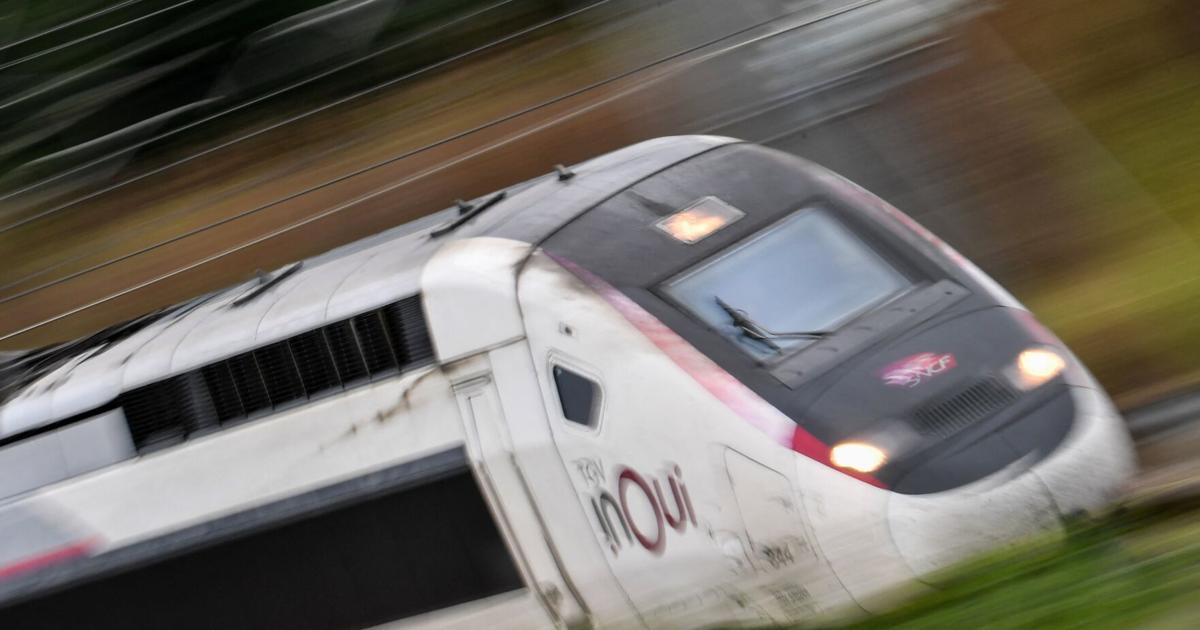But as one government source explained, the vision for the project shifted toward high speed rail, despite the “conventional wisdom” at Via and within the public service “just to do it at regular speed.”
Part of that was a perception of public appetite, the source said. A public opinion survey completed in August for Imbleau’s Crown corporation found a majority of respondents — 58 per cent of those from Quebec and 57 per cent from Ontario — said they preferred a faster but more expensive train over a slower, less costly option.
“Everybody wants high speed,” said the source, who agreed to speak on condition of anonymity.






